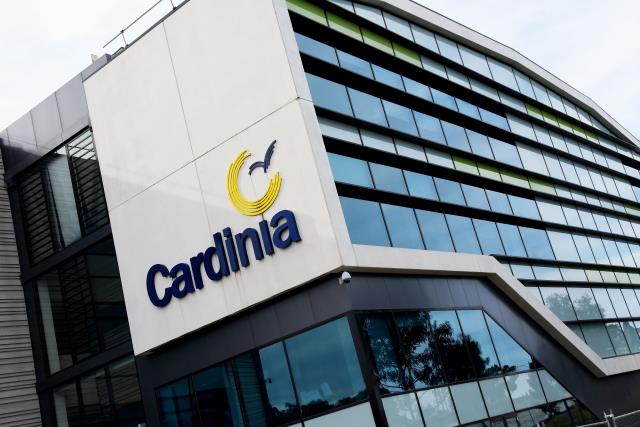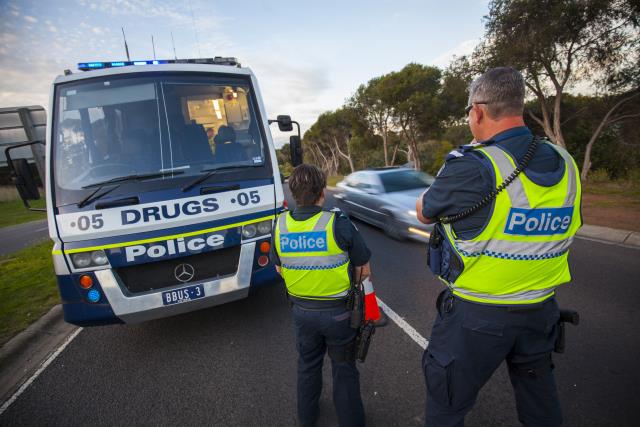Cardinia Shire Council has halved its underlying deficit from $7.6 million to $3.4 million in its latest budget, a move hailed by Mayor Jack Kowarzik as a significant step forward. However, financial pressures remain high, and future challenges loom.
According to the financial report, the Council budget is under pressure from both outside forces and internal demands.
Rapid population growth, capped rate rises, and increasing costs are stretching resources.
The council is also covering services originally funded by State and Federal governments, while dealing with rising waste costs and the growing impact of natural disasters.
At the same time, the Council must maintain a large network of public assets like roads and parks, with limited income. Internally, the cost of renewing ageing infrastructure and growing maintenance needs are pushing expenses even higher.
Mayor Kowarzik said the Council’s path to sustainability is guided by strong community engagement, formal submissions, and close collaboration between councillors and the finance team.
While some residents may feel the council is overspending on projects or services they consider unnecessary, or believe certain costs should be reduced, Kowarzik reassured that most spending is directed toward essential services and is aligned with the community’s priorities.
To help break the cycle of ongoing deficits, Mayor Kowarzik said the Council “started from scratch” when shaping this year’s budget, trimming $7 million from the capital works plan to prioritise renewing existing assets over building new ones.
“Every 12 months when we do a budget, we review everything,” he said.
“We start from scratch, essentially, to make sure we are founding the budget on sound principles.
“We took a really good step last night (council meeting) in this budget, by cutting the deficit in half.”
The mayor expressed strong support for the council’s financial approach, particularly in taking on responsible debt to meet the needs of a rapidly growing community.
As a growth area council, investing in infrastructure now ensures residents aren’t left waiting years for essential services.
“The council is on the right track,” Kowarzik said.
“It’s also important to note that as a growth area council, there is an appropriate level of debt that we can take on because we aren’t at the end of our growth journey.”
Advice from other growth area councils confirms it’s appropriate to take on manageable debt to deliver essential infrastructure sooner, so the community isn’t left waiting or going without.
The mayor said he is “comfortable with it at the current levels,” however decisions around acceptable deficit levels ultimately lie with councillors and stressed the need for a balanced, long-term approach to returning to surplus.
When asked whether the council can eliminate the deficit and the expected timeline, Kowarzik said, “I’m not going to put a figure on that”.
He explained that each year brings important decisions and unpredictable events—like natural disasters that can significantly affect the budget.







